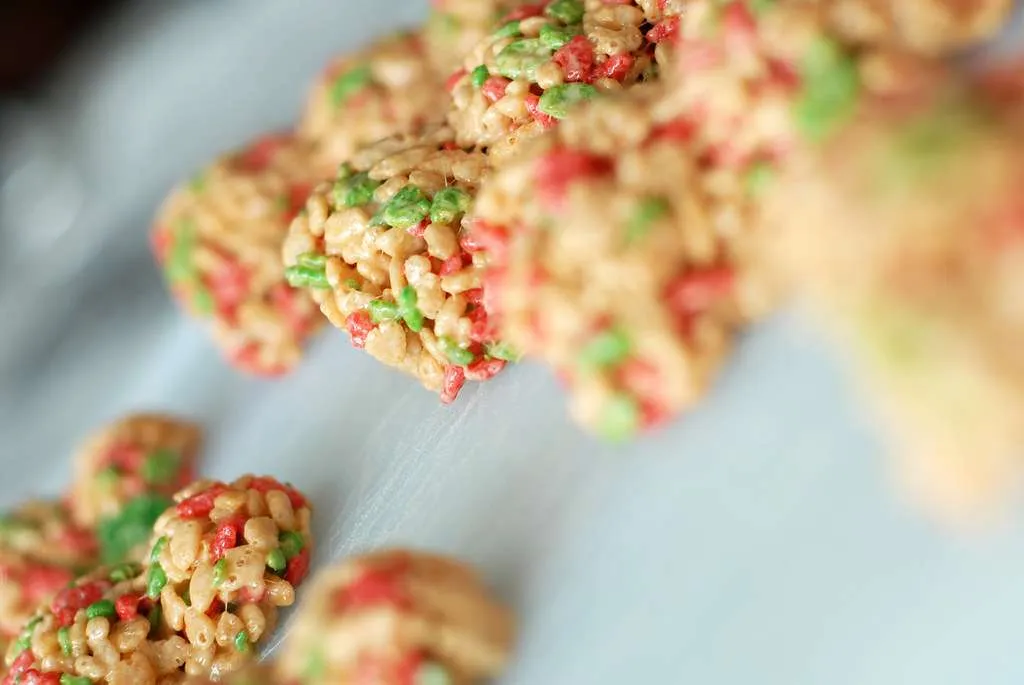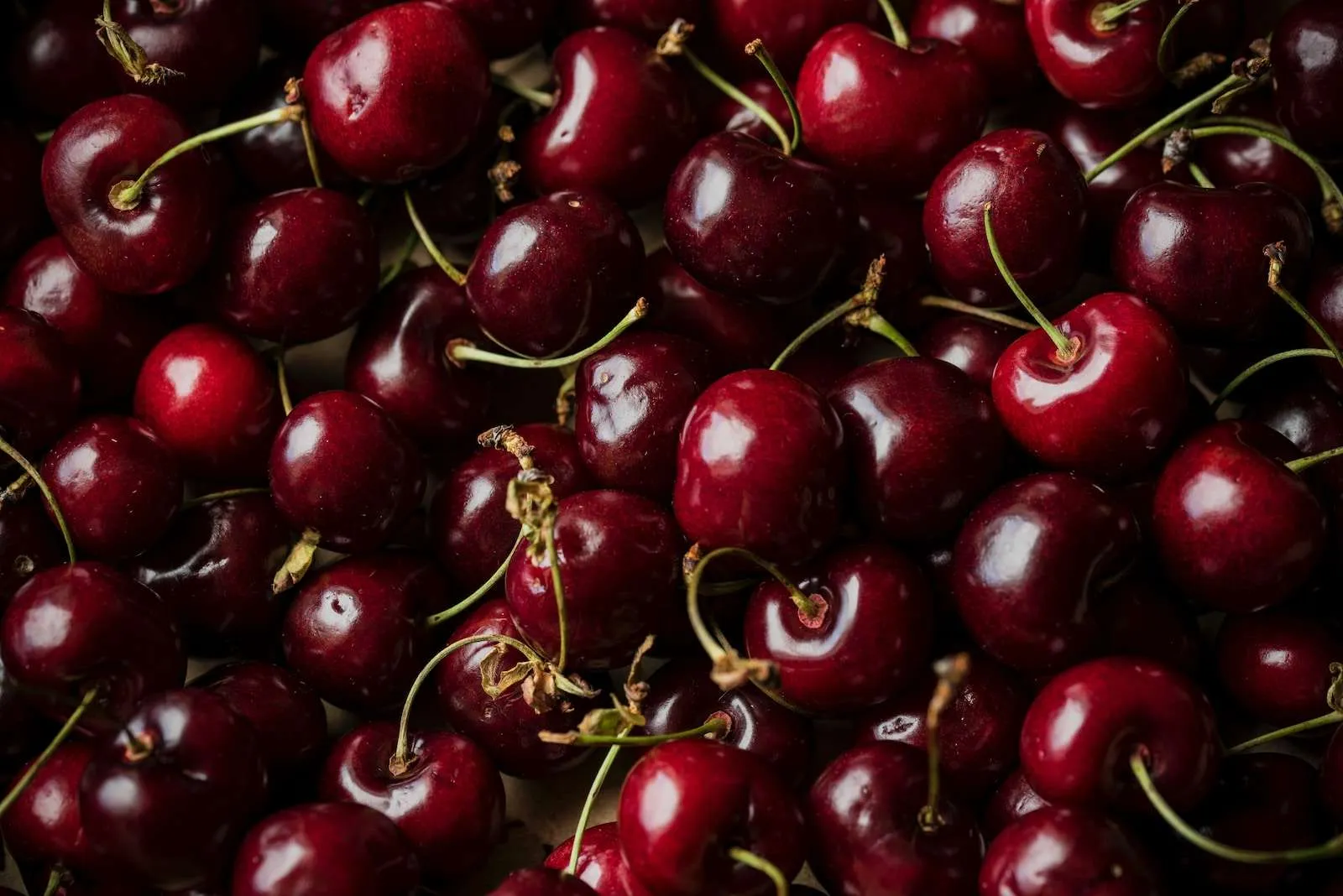What Are Chia and Flax Seeds?
Chia and flax seeds are two types of plant-based superfoods. They come from different species of plants, but both have a high nutritional content, making them popular among health-conscious people. Chia seeds come from the chia plant (Salvia hispanica), which is native to Mexico and Guatemala. Flax seeds come from the linseed, or flax seed plant (Linum usitatissimum), which is native to Europe, North America, and India.
Are Chia and Flax Seeds OK for Birds to Eat?
In general, yes it’s safe for birds to eat chia and flax seeds—but not in large quantities. Both chia and flaxseeds contain a lot of fat, so they should be fed sparingly as part of a balanced diet for your bird. Too much fat can lead to obesity or other health issues in birds over time. Additionally, some bird species may be more sensitive than others when it comes to digesting these types of seeds; always consult with your avian veterinarian before introducing new foods into your pet’s diet just to be sure there won’t be any adverse reactions or problems associated with consumption.
How Should I Feed My Bird Chia or Flax Seed?
If you decide that you would like your bird to eat chia or flaxseed occasionally as part of their regular diet then here are some tips:
• Make sure the seed is crushed up before feeding it—birds can’t easily digest whole seeds on their own!
• Be mindful that these are higher calorie treats than other food items so use moderation when serving them alongside regular meals
• Offer small amounts at first since birds can react differently depending on individual sensitivities – if no reaction occurs after several days feel free increase portion size gradually over time
• Avoid buying pre-packaged mixes as they often contain additional ingredients such as dried fruit which could cause digestive upset in some cases
Conclusion
In conclusion, while both chia and flaxseeds are generally safe for most pet birds in moderate amounts (and provided they’re appropriately prepared beforehand) it’s still important keep an eye out for any potential negative side effects associated with consumption — particularly children who may try nibbling on them themselves instead! Always read labels carefully before feeding anything new into your feathered friend’s menu just make sure there aren’t added ingredients that could pose an issue down the line – better safe than sorry!


